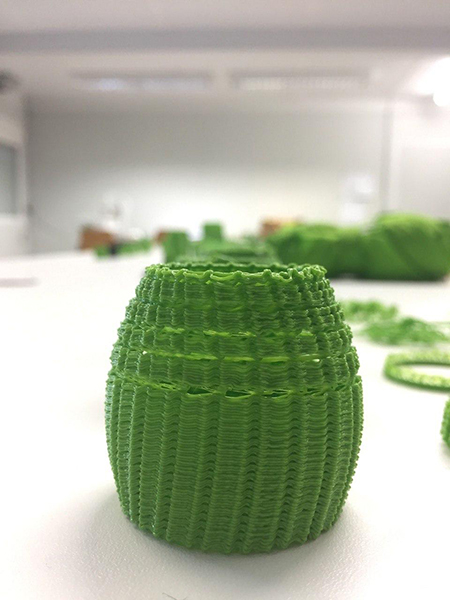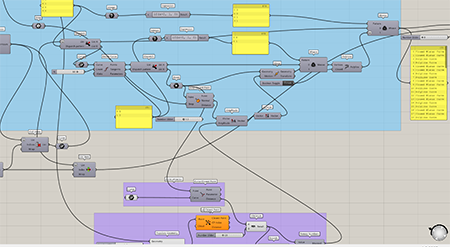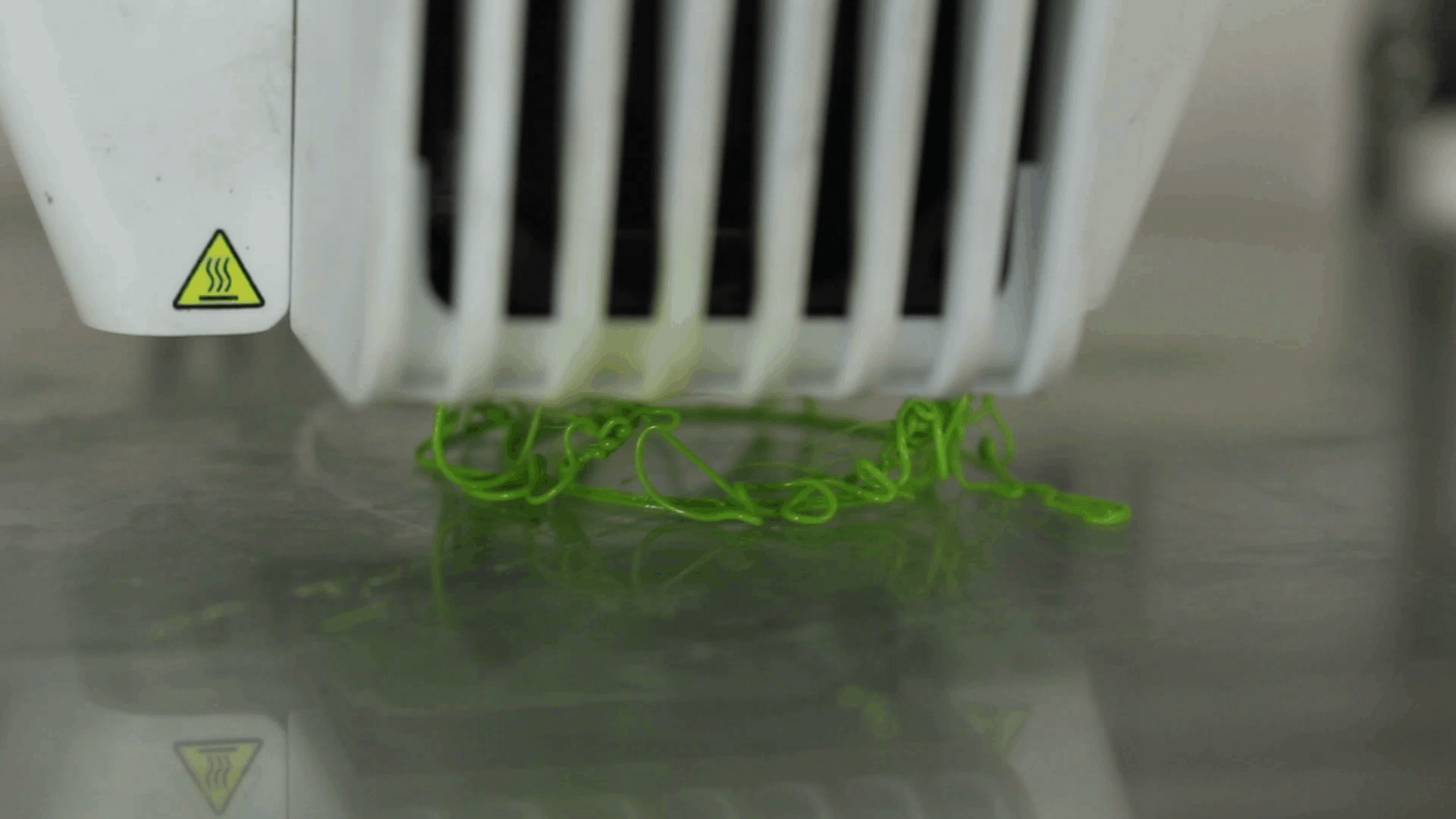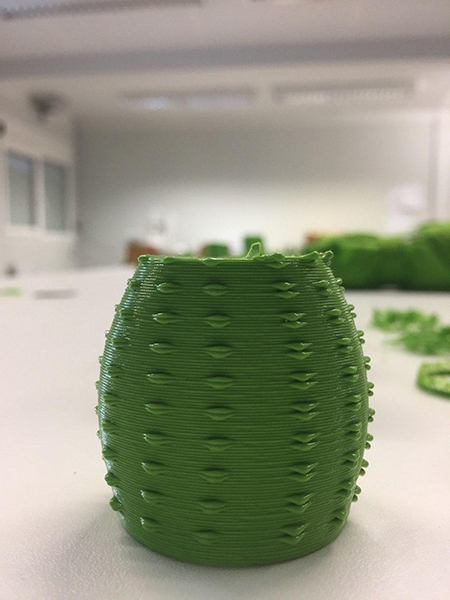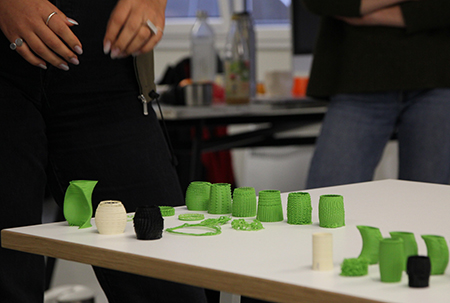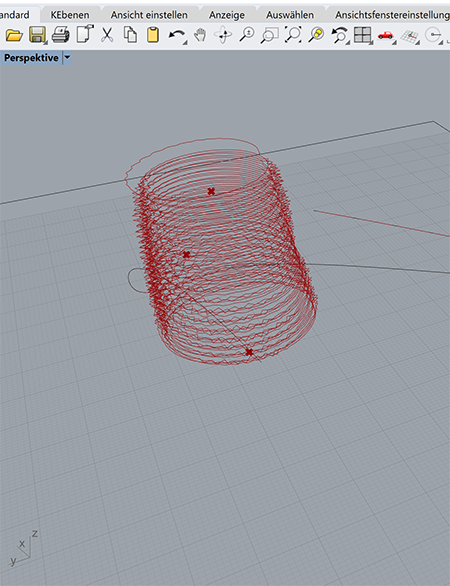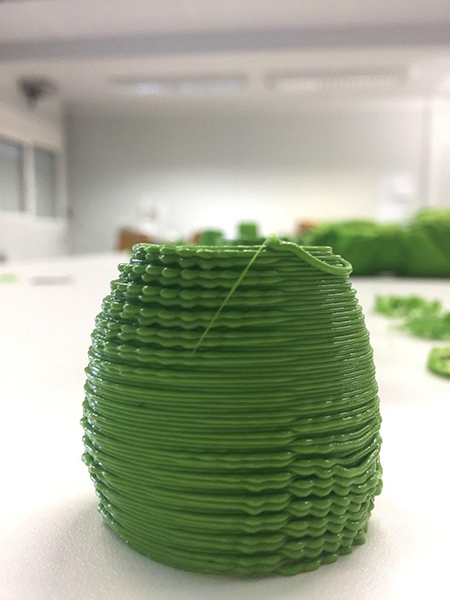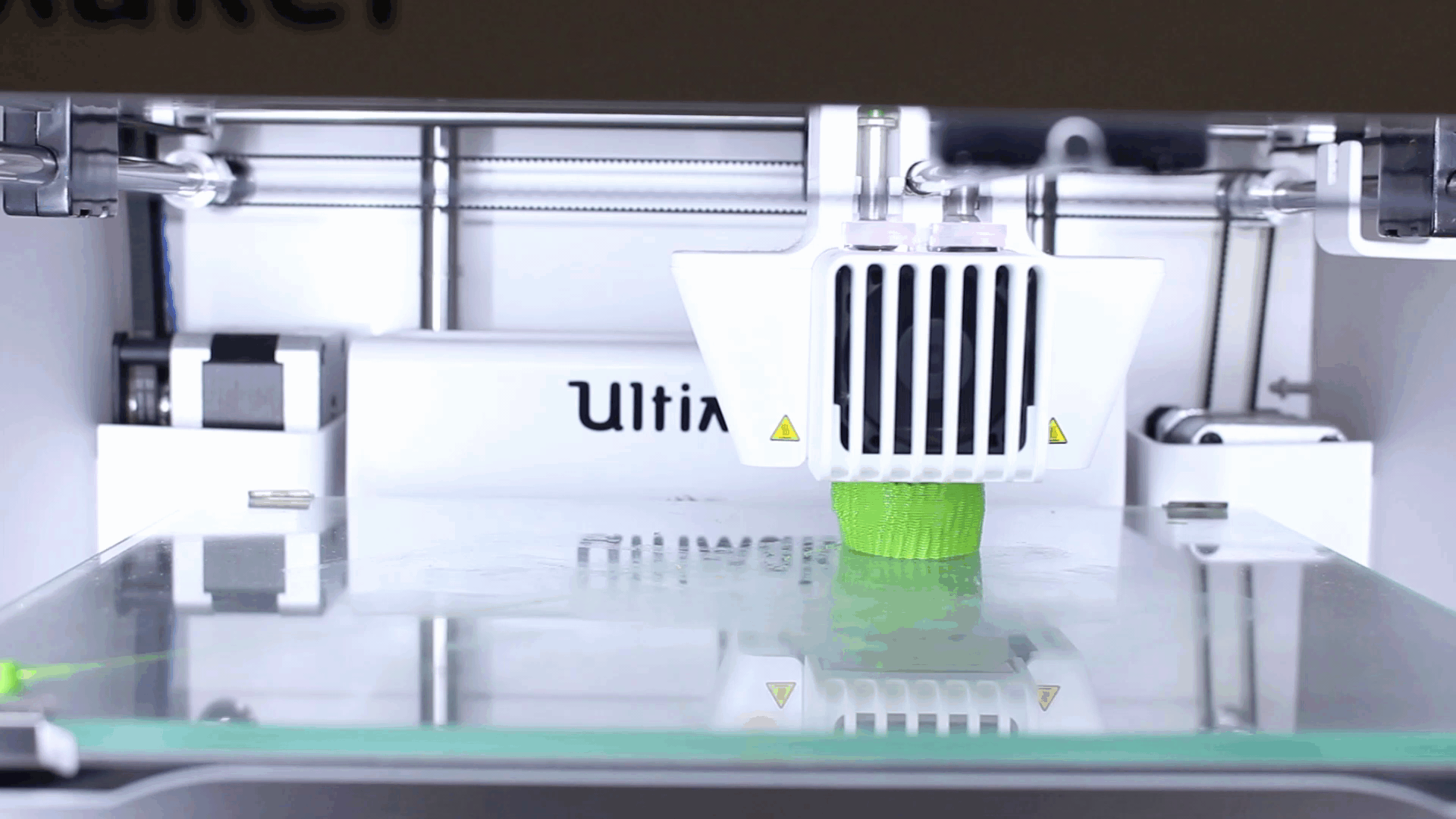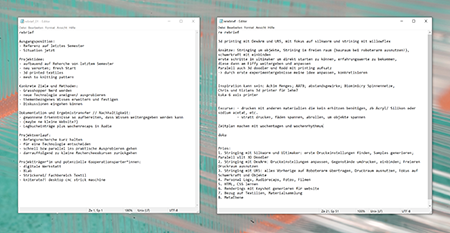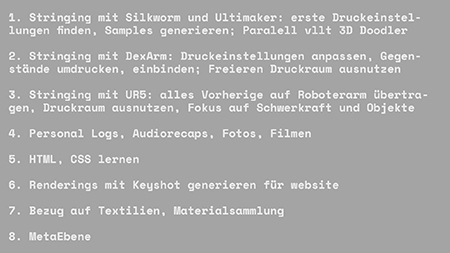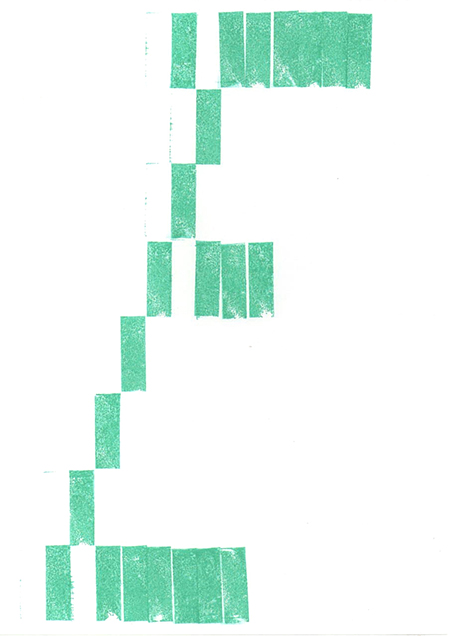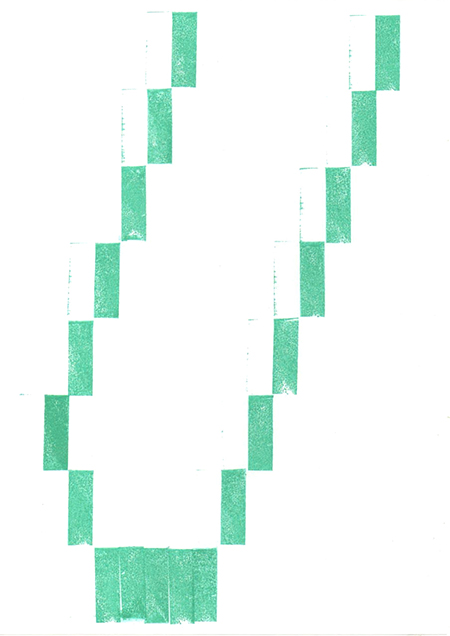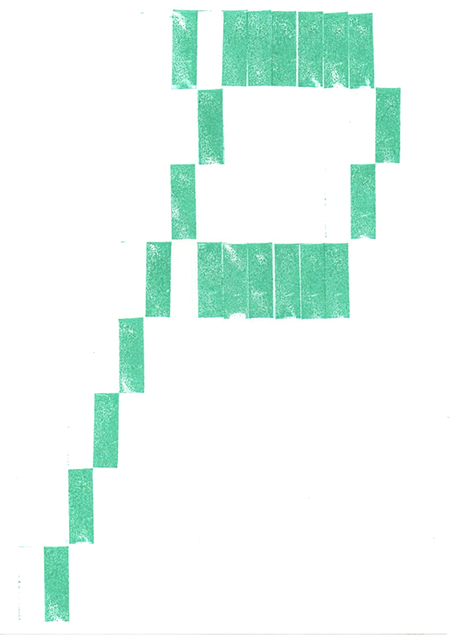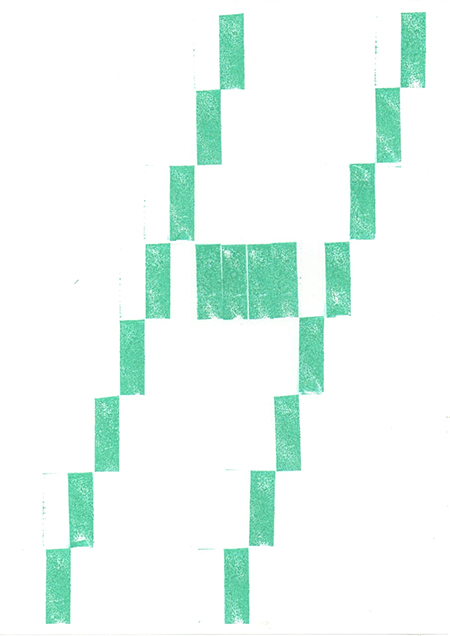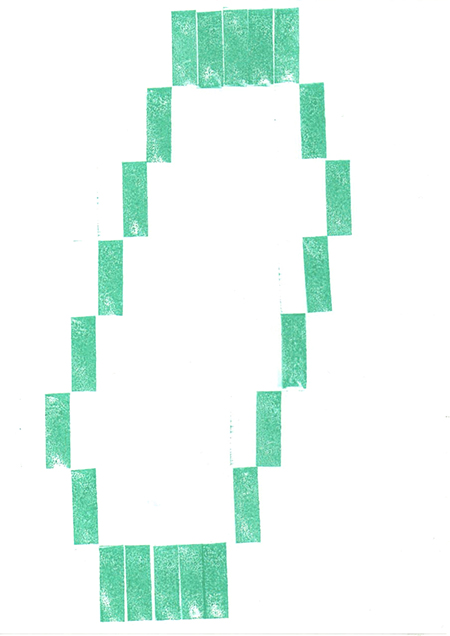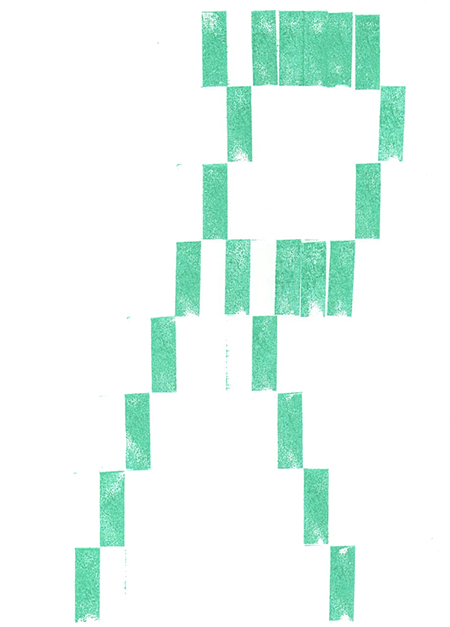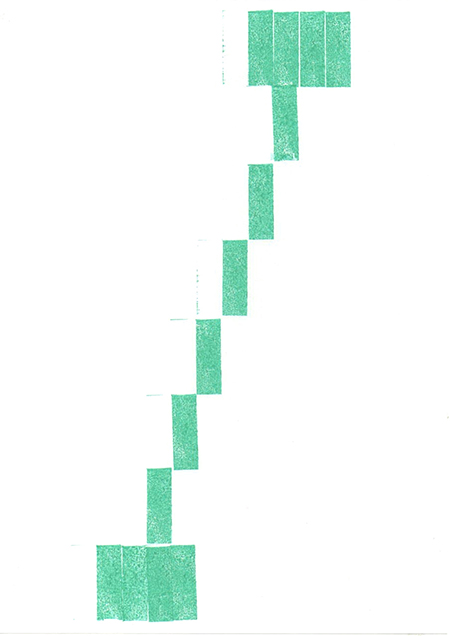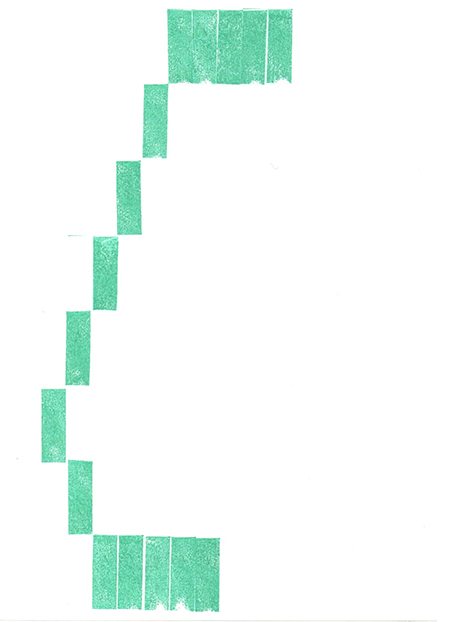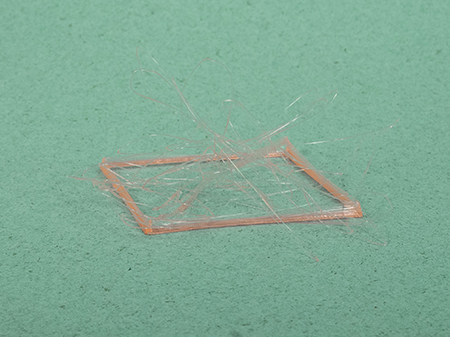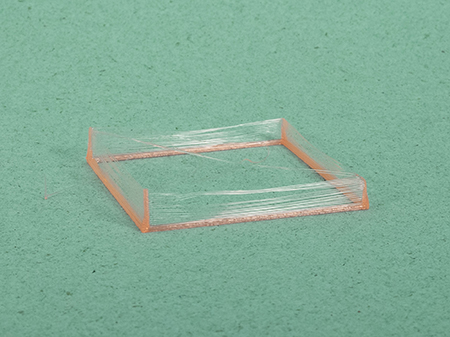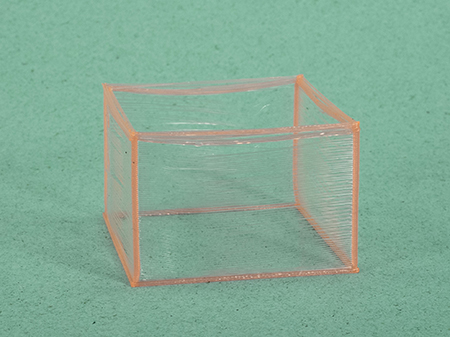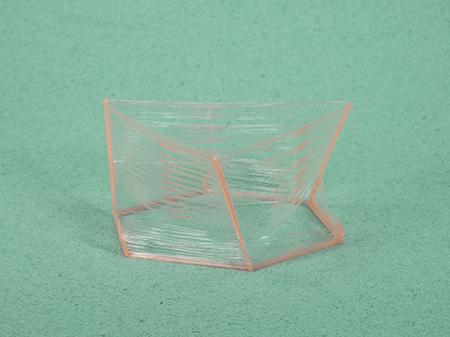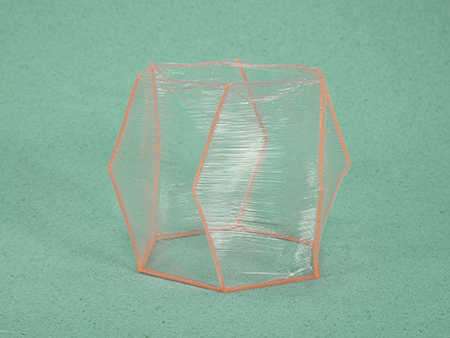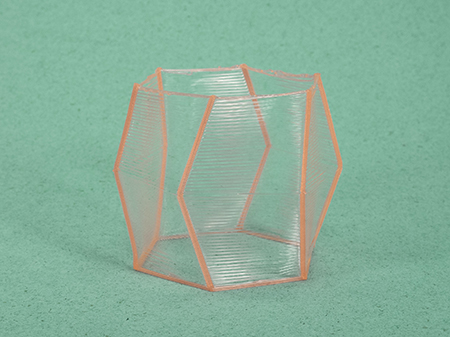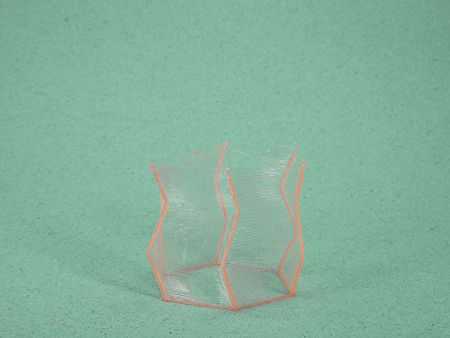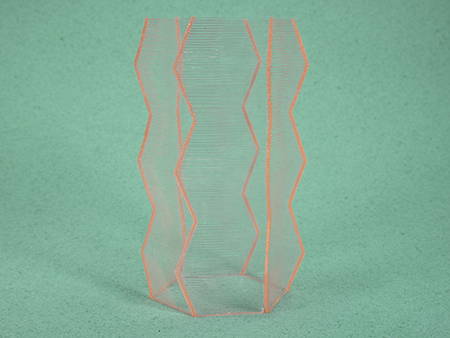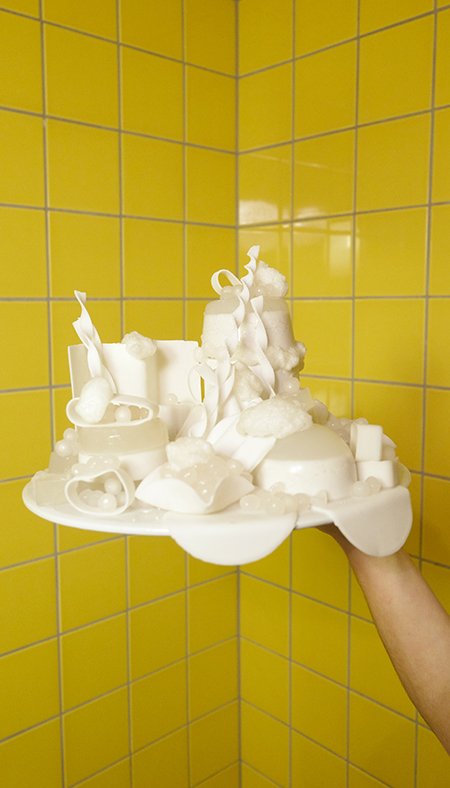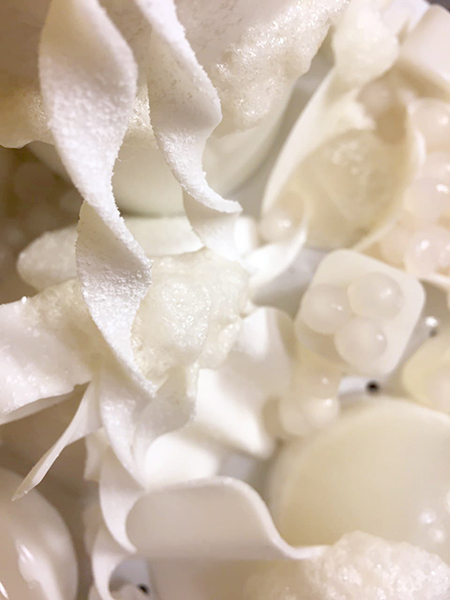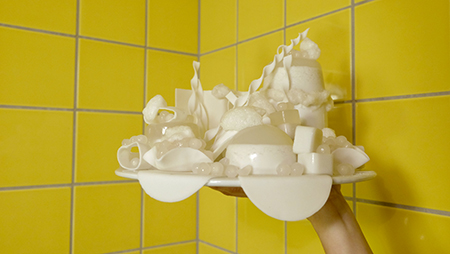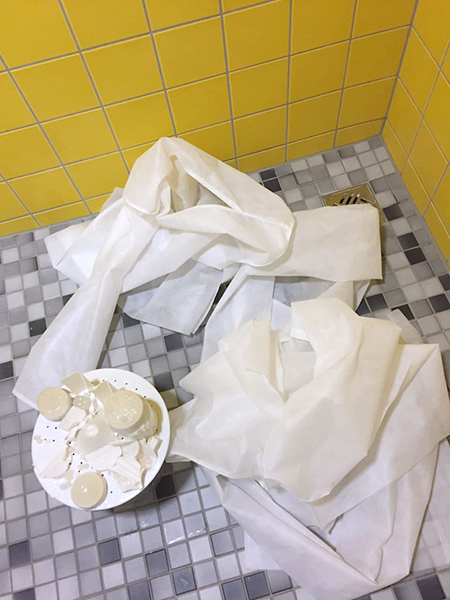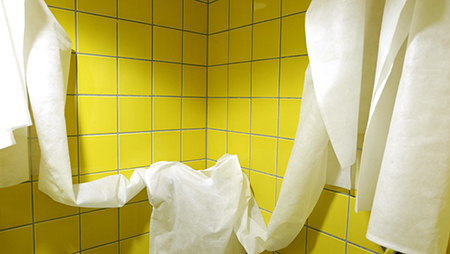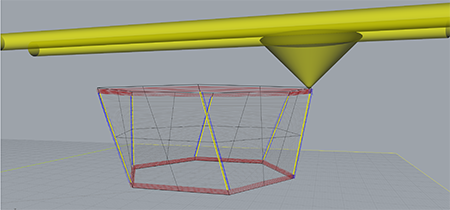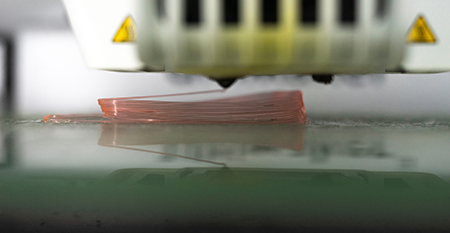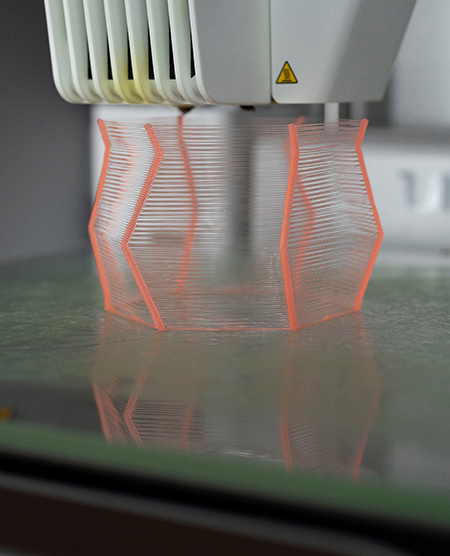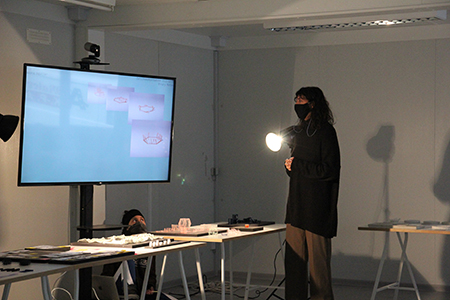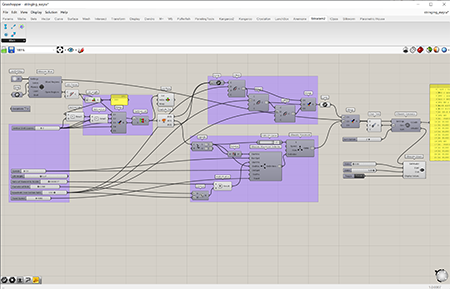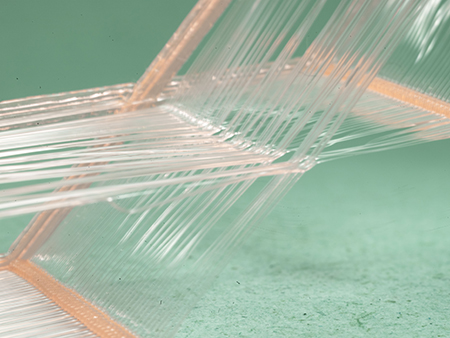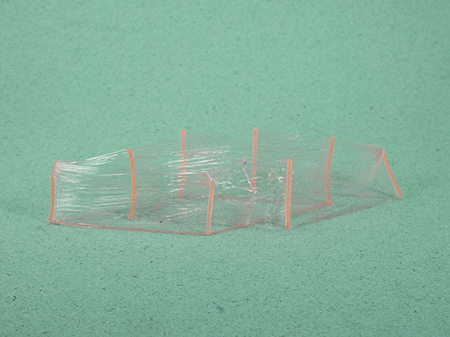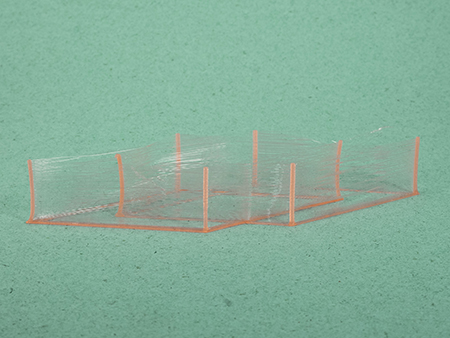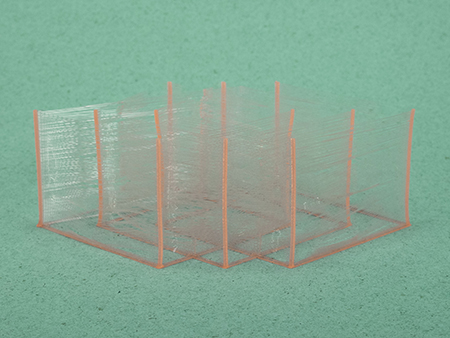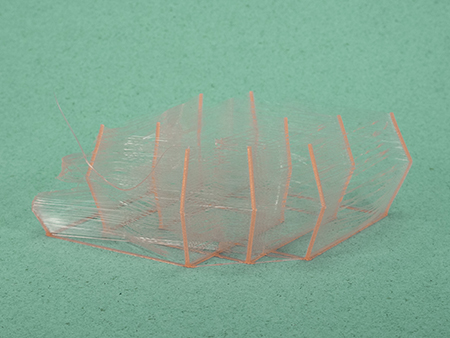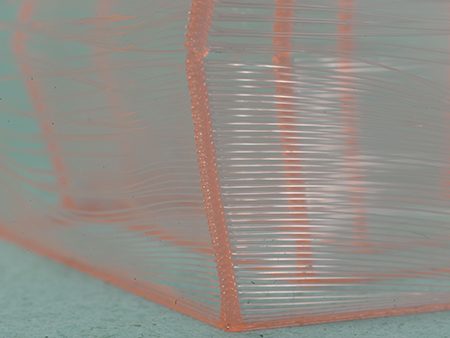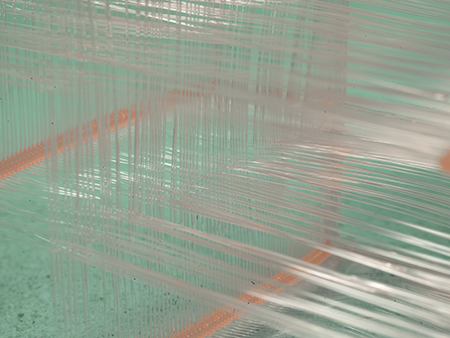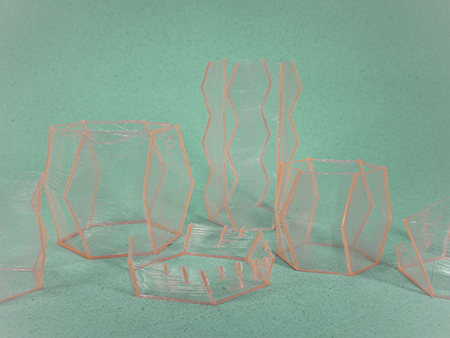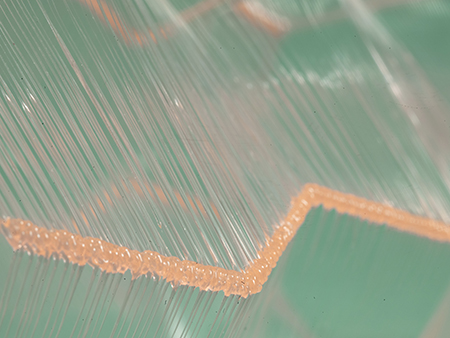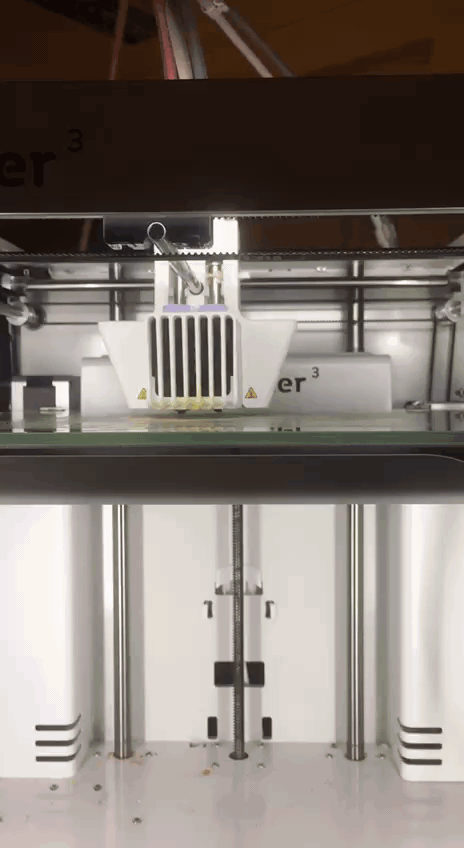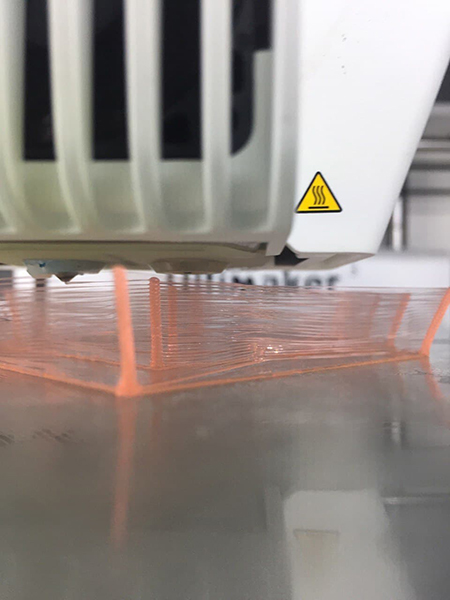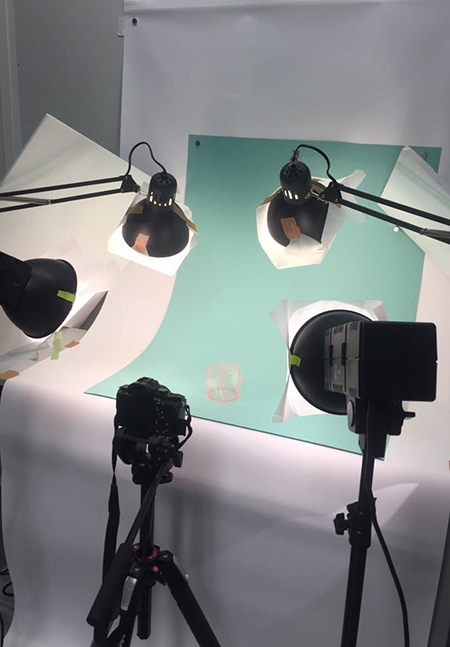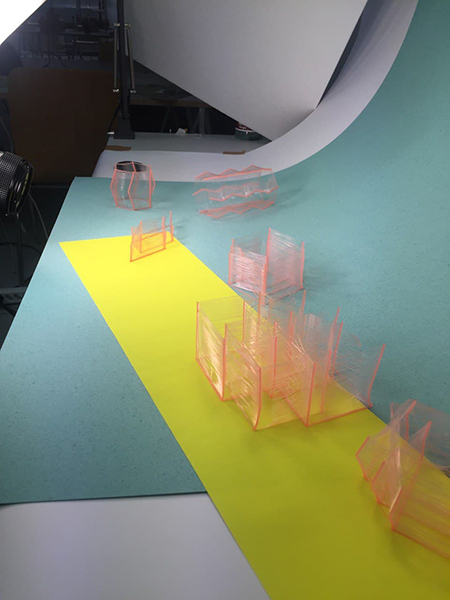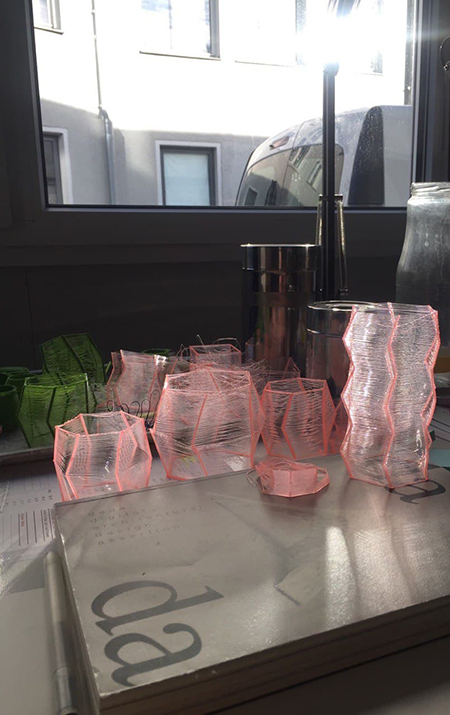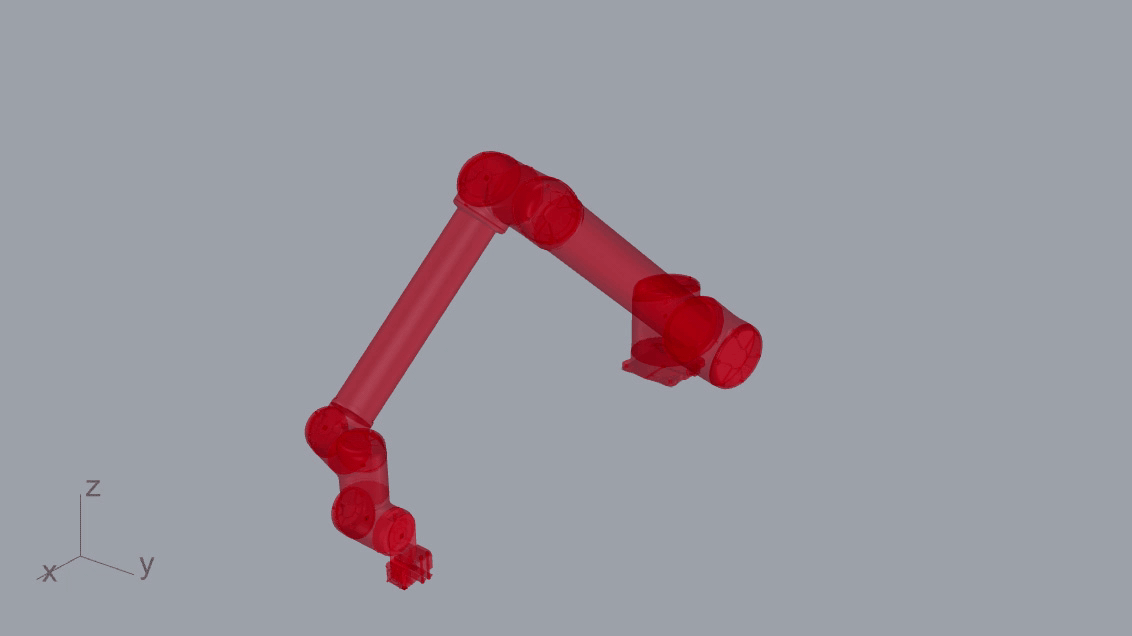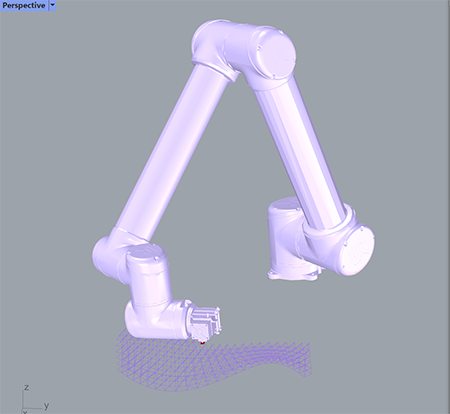The Idea: We deal with digitality as a shaping factor. How does a practical design and the associated theoretical thought framework behind it change when digital processes play a leading role? This requires extensive individual research in which we analyse where in the design process, with what intention and intensity hardware and software, algorithmic calculations and digitally controlled production methods are used. How does the formal quality of the result change? How does the use of powerful calculation of formal, constructive and perhaps also content-related elements change our work as designers? How does our focus, our activity? In the semester, we use the digital workshop intensively from the beginning. With the theoretical background knowledge and acquired Rhino/GH skills, we develop individual objects, models and prototypes. Using the possibilities of the digital workshop, these physical form with the possibilities of the digital workshop. Among other things, the aim is to explore how objects change during the transition from digital to physical form, what role the material plays in this and what parameters are added when controlling production machines.
The Aim: With the work done in this semester, we achieve a deep practical and theoretical understanding of Computational Design. This creates a foundation for personal development. Rhino is a tool used intensively in design studios. Knowing it is a very pragmatic advantage. Grasshopper and node-based design is an interesting and challenging way of thinking about design. The visually represented parametrics, understanding formal relationships by looking at them is not easy, but holds new formal results that are difficult to achieve in any other way. Working with the various 3D printing processes and other tools of the digital workshop empowers an independent and confident use of these technologies and sharpens the understanding of digitally controlled manufacturing processes. The aim of the semester is to produce designs or series of experiments that map a thorough understanding of parametric design and digital fabrication.

